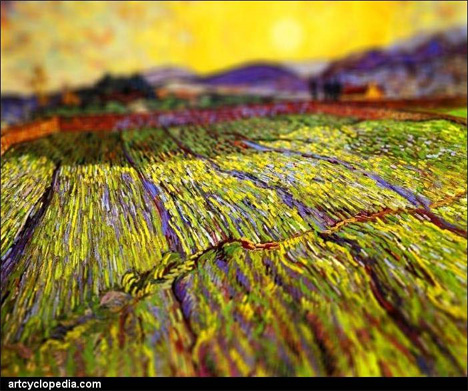
I flew in a helicopter two months ago with just a regular seatbelt on and the door open, and I felt very uncomfortable. Within the first 30 seconds of it you basically lunge out the side of the helicopter. LaforetAIR Los Angeles from Vincent Laforet on Vimeo. For me, it's probably the closest I'll ever get to being an astronaut. The feeling of it is a genuine sense of discovery. But those were all shot from 1,500 to 2,000 feet. And the other was Drive, on the opening sequence-I thought was pretty damn good. Samsara, where they followed the cars through the highway, which was beautiful. The helicopter shots in feature length films are rarely from that high up or as visually interesting. This is unique." And when a Hollywood pilot tells you that, you pay attention. The helicopter pilot I was with, Aaron Fitzgerald, is a veteran Hollywood pilot, and he said, "Vince, I've never seen LA from up here. It almost looks like Texas or the bottom of the US because you have this ridiculous energy and light that comes down like a funnel into the dark hills. There’s a lot of darkness, too, like in that top-down shot of Hollywood with the hills in the bottom. The most surprising thing, though, is how peaceful LA feels from above. You can actually see the economic divide based on the color of the light. LA also has a lot of green fluorescents as well as magenta fluorescents. Most cities have two primary colors: blue from the new LED lights and orange form the old sodium vapor lights. And of course there's the haze.īut from very high up, LA takes on entirely new life because you start to see these beautiful color patterns. The streets are all over the place they're not rectilinear or in a nice grid. There's not that many skyscrapers, they're all different heights and they’re surrounded by these industrial expanses. And, what is LA? Is it Downtown? Is it Venice? Is it Beverly Hills? Is it Hollywood? Truth be told, LA is very difficult to shoot. You want to focus on things-you don't want large scale because you start to get to the point where you just can't make out what it is. That's kind of a nightmare scenario for an aerial photographer. What made LA different from New York, Chicago and San Francisco? By far the hardest and most intimidating city for me was Los Angeles.
#Vincent photographer city tiltshift series
I look for the landmarks, but most importantly, I'm trying to identify what makes each city unique, otherwise the series are going to look the same. We use tools like Google Earth-it's pretty precise, it's scary. How much do you have planned before a flight? Are you blocking out shots in advance? We spoke to him about his photos and what makes shooting in LA so different from other cities. The next thing he knew, he was 10 years and a million flight miles into a career as one of the premiere aerial photographers. He was a sports photographer originally and took that experience with long lenses into an impromptu aerial assignment for the New York Times. Laforet never intended to become that tilt shift helicopter guy. The photos are part of Laforet’s “AIR” series, an ongoing project of aerial photos bound for an upcoming book. The photographer and director captured Downtown, Hollywood and our infamous freeway interchanges from 10,000 feet in a helicopter-we’re talking leaning out of a window tethered by nothing but a harness at airplane cruising altitudes.

Laforet his taken a bit of that high altitude magic to Los Angeles with his latest batch of images.

You’ve probably seen some of Vincent Laforet’s photos: crisp, glowing views of Times Square from miles above sandy shores spotted with vibrant beach blankets and airports that look like toy towns through the optical trickery of tilt shift lenses.


 0 kommentar(er)
0 kommentar(er)
